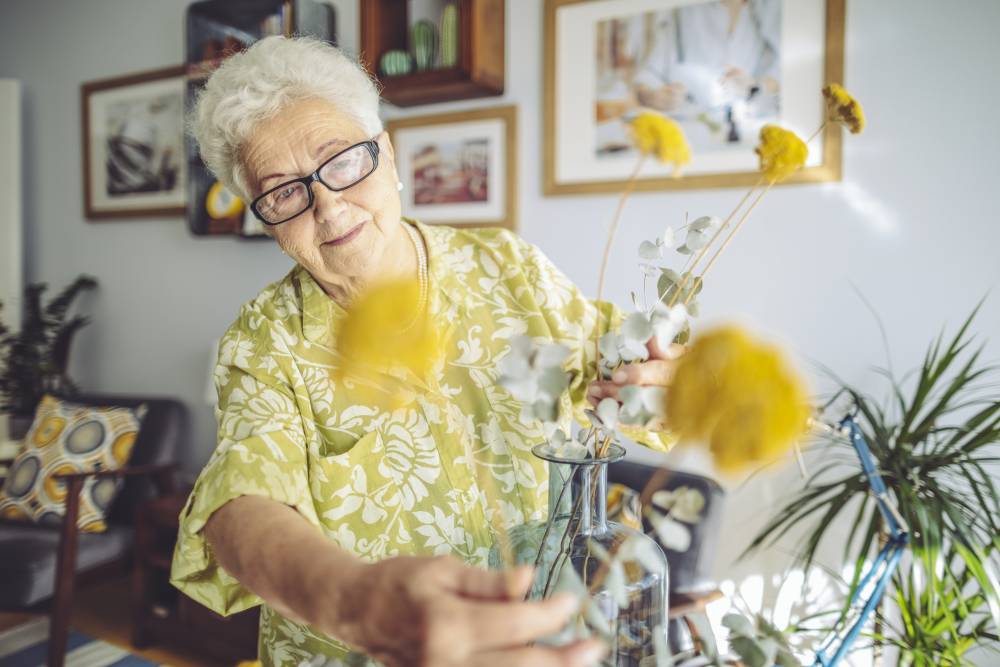
The government is proposing to change the way it delivers funding for home care services because there is a growing problem with rising levels of unspent funds.
Currently, funding for home care is delivered in bulk and upfront. One problem of that system is when funding is not spent by the consumer, it remains with the provider.
Home care providers currently have around $800 million worth of unspent funds sitting on their books. The average level of unspent funds per provider is around $7,000.
Providers deal with the unspent funds in a range of ways.
Some treat unspent funds as working capital, which means they don’t have to access other sources of working capital, such as borrowing.
Some providers quarantine the unspent funds to ensure they are only used to pay for the care of consumers. Interest on those funds can be for various purposes.
Some providers have unspent funds held by a third party on behalf of the consumers.
The change to making payments in arrears would be phased in.
Phase 1, commencing June 2020 – home care subsidies would be paid after the month rather than at the start of the month.
Phase 2, commencing April 2021 – providers would only be paid the subsidies they provide rather than the full monthly subsidy for the care recipient. Unspent funds would be retained by the Department of Human Services.
Phase 3, commencing April 2021 – subsidy payments would be reduced by a portion of the unspent funds held by the provider. The exact portion is yet to be determined.
The aim of the plan is not only to minimise the accumulation of unspent funds, but also to align payments more closely with modern business practices and the NDIS system, according to Leading Age Services Australia.
LASA CEO, Sean Rooney, said the changes could deliver a one-off Government saving of hundreds of millions of dollars, and those savings should be directed to reducing the home care waiting list.
“The current queue is appalling, with over 112,000 older Australians waiting to receive packages at their approved level,” he said.
“LASA supports the payment administration changes in-principle, as long as all savings are used to boost home care packages.”
Mr Rooney also LASA surveys show more than 80 per of its providers were concerned about the cash flow impacts of the change.
“We are worried some providers may not be able to afford to transition to the changed HCP payment arrangements without adequate safeguards, leaving care recipients in limbo,” Mr Rooney said.
Aged Care Funding Authority research showed some providers believed the focus should be on discovering the reasons for the accumulation of unspent funds, rather than changing the way the funds are spent.
In addition, there could be changes to the current process to reduce unspent funds, for example, there could be changes to the way assessments are done to avoid over assessment and packages could be downgraded if needs decline.
ACFA research also found some providers believed the change should not be implemented until after the Royal Commission into Aged Care Quality and Safety.
Analysis from accountancy firm StewartBrown showed the change would not “materially impact” operators’ financial position.
However, the impact could be “amplified” for smaller providers who do not have other revenue sources.
StewartBrown did say the proposed change would add an administrative burden to home care providers, and recommended that claiming be done based on an aggregated basis.
LASA has recommended a number of ways to reduce the impact of the changes on providers, including having short-term loans and free financial for providers during the transition, giving special consideration to regional and remote providers, having a trial period, and providers should be able to maintain existing unspent funds until the client leaves home care.
Stock image used. Model is posed. Source: Eva-Katalin, iStock.